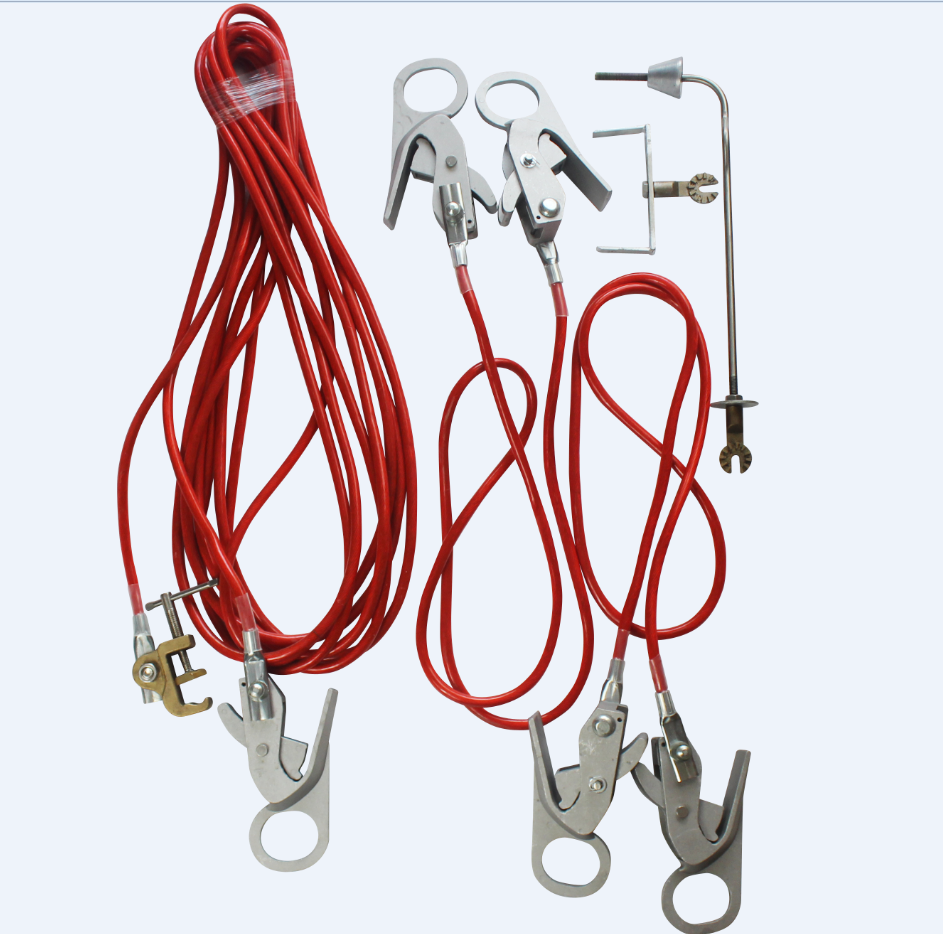
Portable earthing kits are essential tools for ensuring electrical safety in various environments. These kits provide a reliable solution for grounding and protecting electrical equipment from potential hazards such as short circuits and lightning strikes. With the increasing use of portable electrical devices in industries, construction sites, and outdoor events, the demand for effective earthing solutions has grown significantly. Portable earthing kits offer a convenient and practical way to establish a safe grounding system, mitigating the risks associated with electrical faults.
In this article, we will explore the importance of portable earthing kits, their applications, and how they prevent short circuiting. We will also discuss the key components of these kits and provide tips on selecting the right portable earthing kit for your needs.
Understanding Short Circuiting
Short circuiting occurs when there is an unintended low-resistance connection between two points in an electrical circuit. This can result in excessive current flow, leading to overheating, equipment damage, and even fires. Short circuits can happen due to various reasons such as faulty wiring, insulation breakdown, or accidental contact between live conductors.
In the context of portable electrical equipment, short circuiting poses significant risks. For instance, when using portable generators or power distribution units, the absence of proper earthing can lead to dangerous voltage imbalances. These imbalances can cause leakage currents to flow through the equipment’s metal casing, posing a severe electrocution hazard to anyone who comes into contact with it.
The Role of Portable Earthing Kits
Portable earthing kits play a vital role in preventing short circuiting and ensuring electrical safety. These kits are designed to provide temporary grounding solutions in situations where permanent earthing systems are not available or practical. By establishing a reliable earth connection, portable earthing kits help to dissipate fault currents safely into the ground, reducing the risk of electrical shock and equipment damage.
One of the primary functions of portable earthing kits is to provide a low-resistance path for fault currents. This is achieved through the use of conductive materials such as copper or galvanized steel. When a fault occurs, the fault current flows through the earthing system instead of passing through a person or sensitive equipment. This helps to minimize the potential for electric shock and protects against equipment damage.
In addition to preventing short circuiting, portable earthing kits also offer protection against lightning strikes. Lightning is a natural phenomenon that can cause significant damage to electrical equipment if proper earthing measures are not in place. Portable earthing kits equipped with surge protection devices can help to divert excess voltage away from sensitive equipment, preventing damage from lightning-induced transients.
Applications of Portable Earthing Kits
Portable earthing kits are versatile tools that find applications in various industries and settings. Some common applications include:
Construction sites: Construction sites often involve the use of temporary power distribution units and portable generators. These equipment are susceptible to short circuiting due to the harsh working conditions and frequent movement. Portable earthing kits provide a reliable grounding solution, ensuring the safety of workers and preventing equipment damage.
Outdoor events: Large outdoor events such as concerts, festivals, and exhibitions require temporary power supply setups. These setups often involve the use of portable generators and power distribution units, which pose a risk of short circuiting. Portable earthing kits help to establish a safe grounding system, protecting both the equipment and the event attendees.
Industrial applications: In industrial settings, portable earthing kits are used to ground portable electrical equipment such as welders, compressors, and power tools. These kits provide a reliable earthing solution, preventing short circuiting and ensuring the safety of workers.
Components of Portable Earthing Kits
A typical portable earthing kit consists of several key components:
Earthing rods: Earthing rods are made of conductive materials such as copper or galvanized steel. These rods are driven into the ground to establish a low-resistance earth connection. The number of rods required depends on the soil conductivity and the desired earth resistance.
Earthing cables: Earthing cables connect the earthing rods to the equipment being grounded. These cables are made of flexible, high-conductivity materials to ensure efficient current flow. The cable length should be sufficient to reach the equipment from the earthing rods.
Clamps: Clamps are used to secure the earthing cables to the equipment and the earthing rods. These clamps should provide a tight, corrosion-resistant connection to ensure reliable current flow.
Surge protection devices: Some portable earthing kits include surge protection devices such as surge arresters or lightning rods. These devices help to divert excess voltage away from sensitive equipment, protecting against lightning-induced transients.
Selecting the Right Portable Earthing Kit
When selecting a portable earthing kit, several factors should be considered:
Soil conductivity: The soil conductivity affects the number of earthing rods required and the desired earth resistance. Conductive soils such as sandy or loamy soils require fewer rods compared to less conductive soils like clay or rocky soils.
Application: The specific application and environment should be taken into account. For instance, construction sites may require more robust earthing kits with heavy-duty components, while outdoor events may prioritize portability and ease of use.
Compliance: It is essential to ensure that the portable earthing kit complies with relevant safety standards and regulations. This ensures that the kit meets the required performance criteria and provides adequate protection.
In conclusion, portable earthing kits are indispensable tools for preventing short circuiting and ensuring electrical safety in various applications. By providing a reliable grounding solution, these kits help to mitigate the risks associated with electrical faults, protecting both equipment and personnel. When selecting a portable earthing kit, it is crucial to consider factors such as soil conductivity, application, and compliance to ensure optimal performance and safety.



















